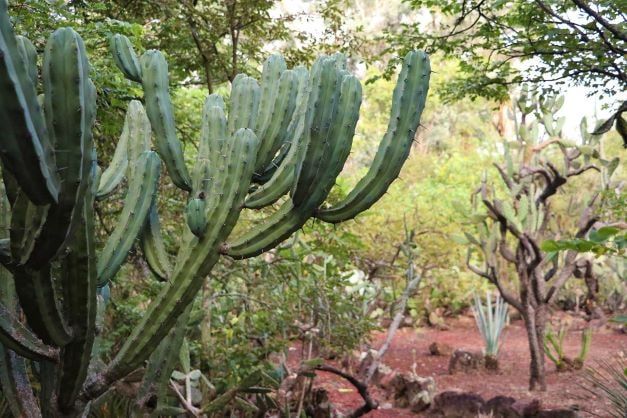Autonomous University of Guadalajara Botanical Garden, scientific oasis and lung of the city
Visiting and touring the Autonomous University of Guadalajara (UAG) you can find many gardens, groves, and spaces where the green color embellishes the mornings and afternoons of those who look at them.





